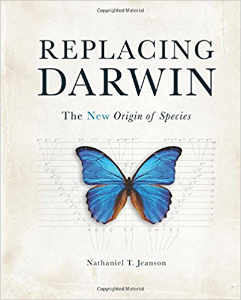Ancient biblical sites often attract the most attention from visitors to the Holy Land. There’s now a move among some Israelis to build interest in the modern by making a connection to the ancient. one artist is making that happen.
In Jerusalem, sometimes the best stories are underground. And now, underground, near the ancient stones of the Western Wall, a new exhibit is linking past and present.
They’re calling it “arteology” – the first art exhibit in an active archaeological site.
“I had this idea of putting my pieces in like a cave, something that would connect it to ancient archeology and to the past because the works that I make are inspired all from ancient history,” said artist Nicole Kornberg-Jacobovici.
Kornberg-Jacobovici says most of her work relates to the Middle to Late Bronze Age, looking back some 3,000 years.
“Dr. Yuval Baruch had an idea, an amazing idea to place the pieces, the art pieces that he had seen in the site where he’s working, which is an old water cistern dating from the time of the First Temple period,” Kornberg-Jacobovici told CBN News.
Dr. Yuval Baruch, who heads the Archaeological division of the Israel Antiquities Authority (IAA), says archaeologists are excavating here very close to the Western Wall foundations.
“One of the question(s) that I asked myself daily is how to build the bridge between the people and the ruins,” Baruch said. “You know, most of the visitors…come for 30 minutes, one hour to see the famous monument of Jerusalem.”
Baruch says when he saw Kornberg-Jacobovici’s art, it sparked an idea of going beyond guided tours and museums to connect people to archaeology.
“I understand that art is also another language that can allow us to build this bridge between the daily life and the ancient archeology,” Baruch told CBN News.
And the fact that her art is ceramics is even more significant.

“This is the foundation stones of the archaeologist. When we excavate the most things we found is ceramic, is the sherds.”
He said the pottery sherds are like “letters” from the past from which archaeologists can understand the time period, the dates, and what kind of place they have found, whether it’s a house or a palace or an open space.
Archaeologist and art historian Irit Ziffer says the clay connection goes back even further.
“[The] material is clay. You know, it’s mud from the earth, and this is what man was made of. You know, the first man, the first Adam was made out of clay. It was a figurine into which God breathes life,” Ziffer told CBN News.
Former Curator of the Ceramics Pavilion of the Eretz Israel Museum in Tel Aviv, Ziffer is curator of the exhibit.
“I really was amazed by Nicole’s versatile ways in dealing with clay,” Ziffer said. “She’s a takeoff on the ancient things, but she doesn’t do ancient things. She does contemporary art.”
Some of Kornberg-Jacobovici’s artwork includes: a plate with fish inspired by the story of Jonah and a blue vase with the Ancient Nile symbolizing the place where Pharoah’s daughter found the baby Moses that eventually led to the Exodus of the Jewish people from Egypt.
“The blue plate is a reference to the Tree of Life – it’s got birds and flowers. It’s imagining what it would have looked like,” Kornberg-Jacobovici said.
And a special cylinder stamp that ancient leaders would have used to stamp their names and tell their stories. Kornberg-Jacobovici’s rolls out the story of Joseph’s dreams.
While the current exhibit is temporary, there are plans for a traveling exhibit to help connect the Bible to modern times through art around the world.

The remainder of this article is available in its entirety at CBN

